Table of Fatty Acid Content of Oils for Soap Making
Curious about the fatty acid profiles of oils for soapmaking? This table provides a handy reference to help you choose the best oils for your soaps, based on their unique fatty acid content. Perfect for formulating soaps with specific qualities, from creamy lathers to hard bars.
|
|
Some oils stand out for their special qualities in soap (** in the table), and a few stand out because of their unusual fatty acid profiles (* in the table).
Coconut oil ** and +
This has between 44% and 52% lauric acid and 15-25% myristic acid, both of which make a hard bar that is good for cleaning and has a great lather. But it’s low on the conditioning fatty acids, so a soap bar made only with coconut oil tends to dry the skin.
Palm oil **
This is also a very useful basic oil for soap, with its high palmitic acid content helping to give a hard bar with a stable lather, and 35-45% oleic acid giving it conditioning qualities.
Olive oil **
Soap made with olive oil (called castile soap) has been a luxury item for millennia. It’s great for conditioning, as it’s high in oleic acid. But it’s only medium in iodine, which means it’s only medium for hardness. An olive-oil-only soap disappears quickly because of its softness, and has almost no lather.
Castor oil ** and +
The only oil with ricinoleic acid, which gives a wonderful conditioning effect. It is 80-90% ricinoleic acid. This also helps give a fluffy, stable lather – but too much will give you a sticky, soft soap.
Meadowfoam oil +
This is mainly three unusual fatty acids: 13% erucic, 18% brassic, and 62% gadoleic. In some ways it is similar to jojoba oil.
Pomegranate seed oil +
Pomegranate oil is nearly 80% punicic acid, which is named after the pomegranate - punica - and is a valuable skincare oil.
# Iodine Value is a measure of the saturation of an oil or fat (how many centigrams of iodine can be dissolved in a gram of oil or fat). Saturated fats have low iodine values, and unsaturated fats have high iodine values. In general, oils with low iodine values make harder soaps and oils with high iodine values make softer soaps.
| Low: | under 50 |
| Medium: | 51 - 100 |
| Medium high: | 101 - 125 |
| High: | over 125 |
Note that there are a few oils that are extremely high (blackcurrant, hempseed, kiwiseed, rosehip) or extremely low (coconut).
More from:
SOAP MAKING





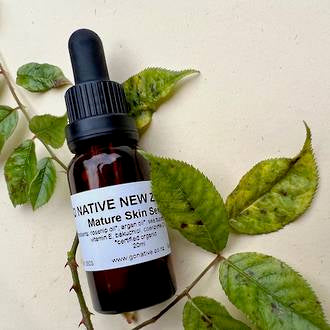
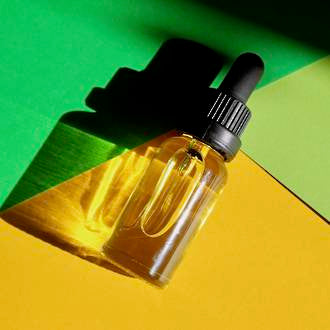
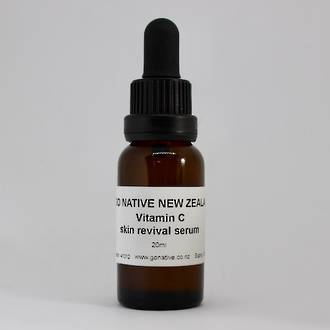
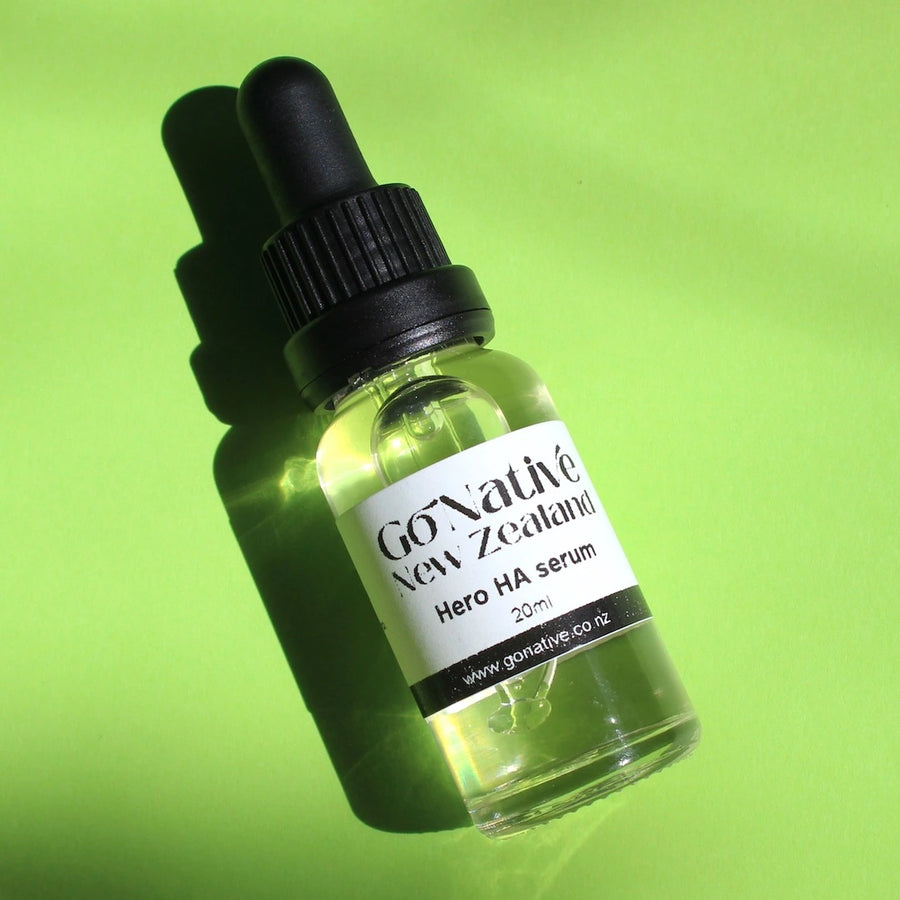
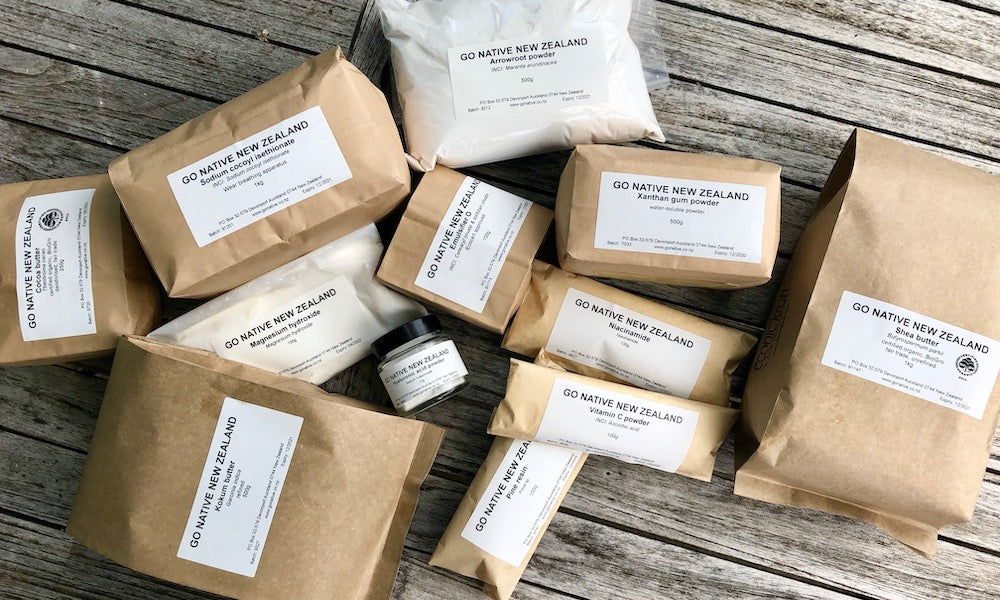
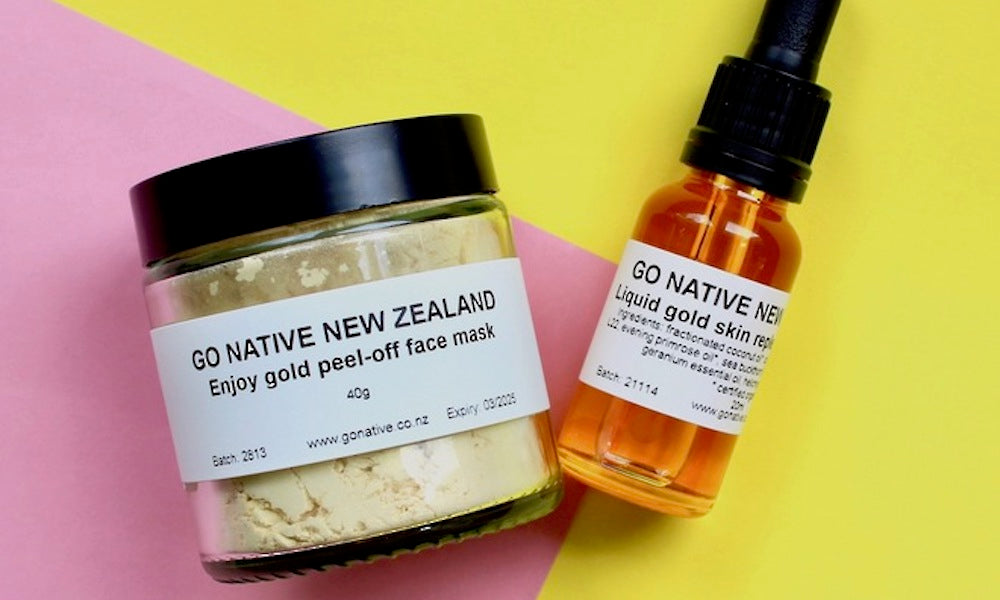
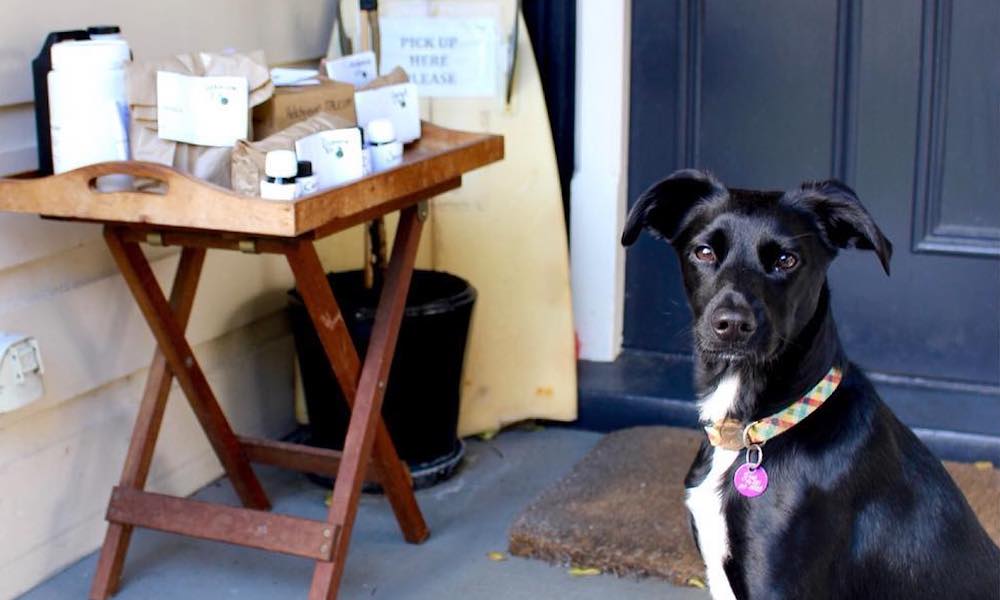

Leave a comment